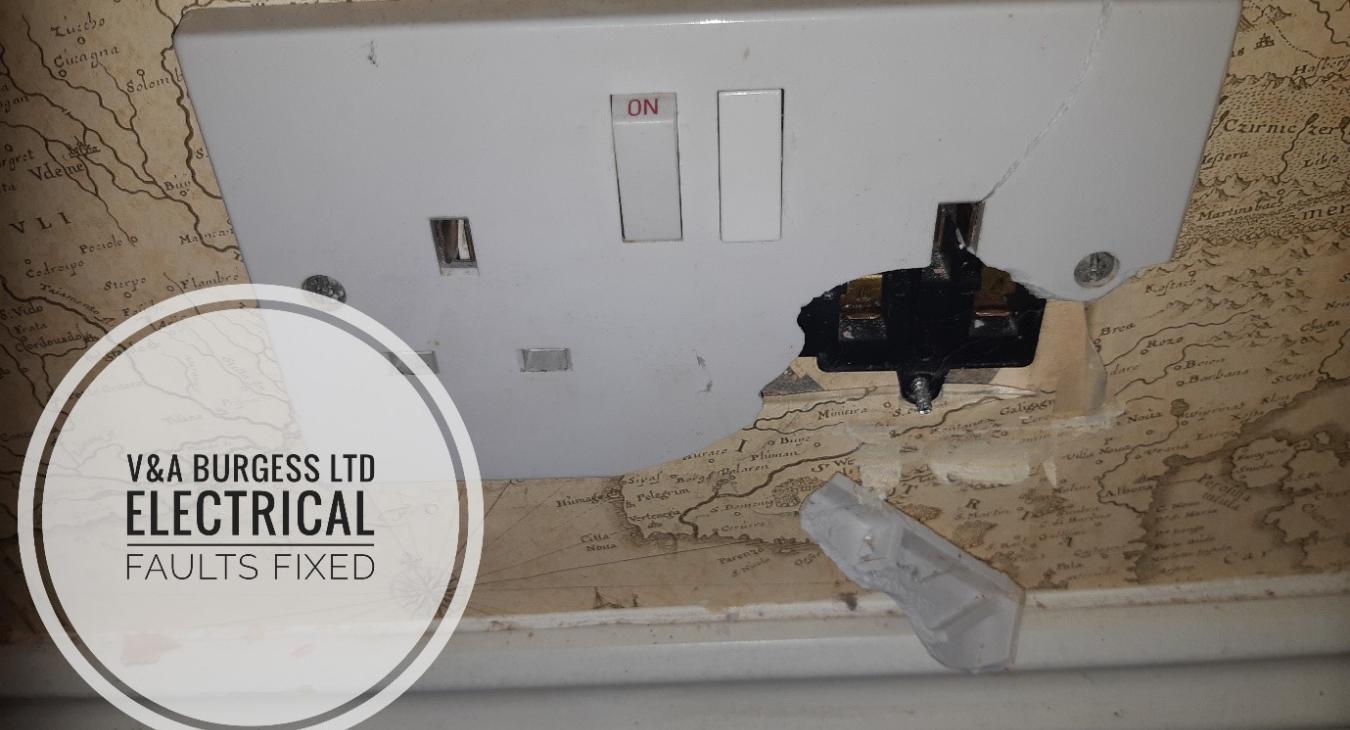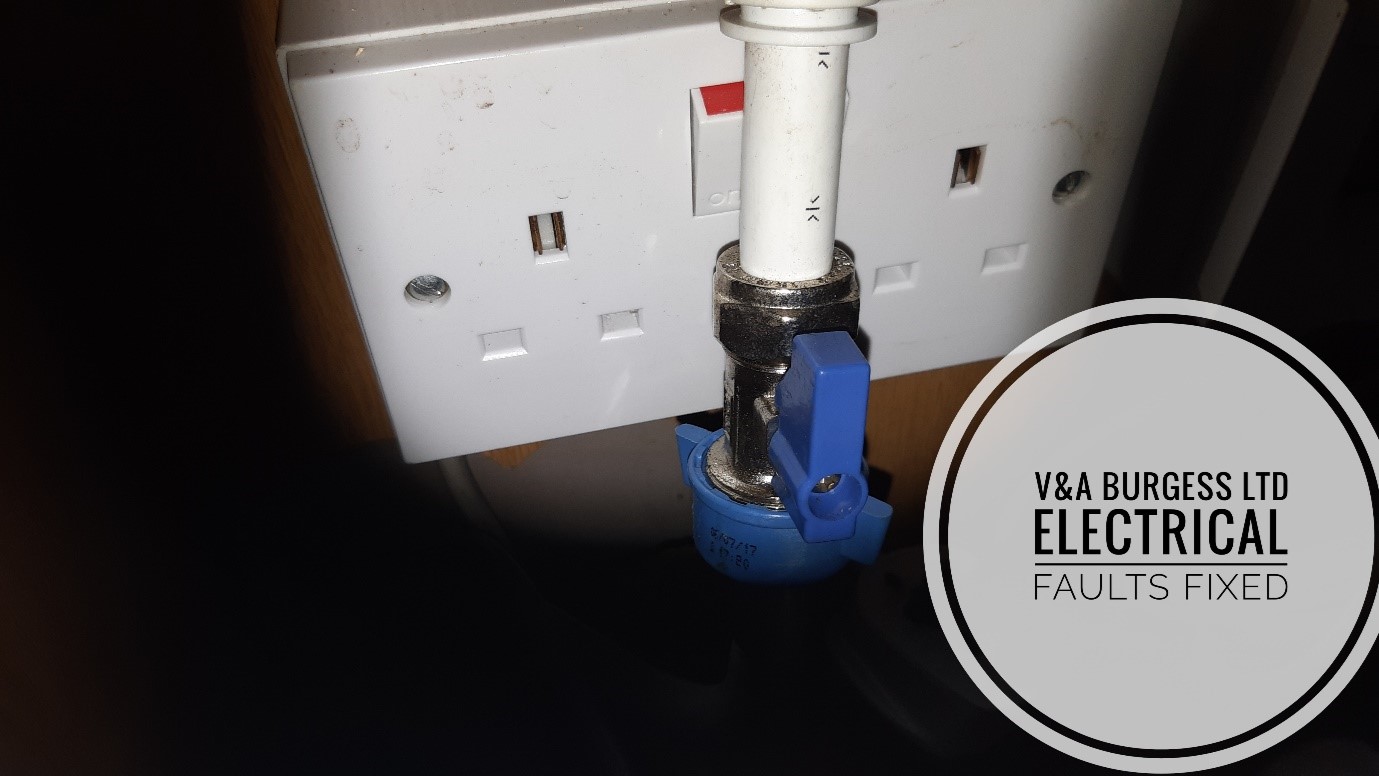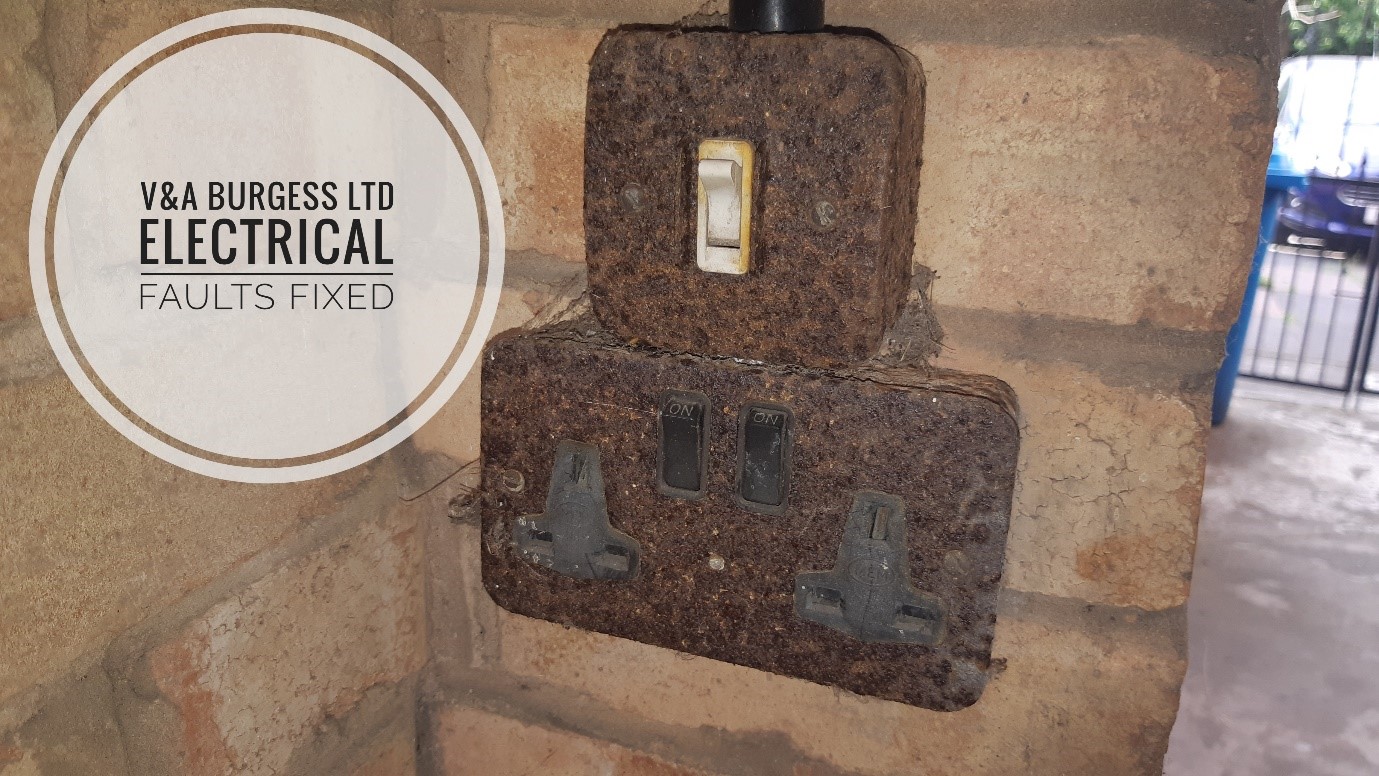
What makes a plug socket dangerous?
- Poor Design
- Poor Installation
- Damage to the plug socket
- Overloading
- Wear and Tear
- Plug pins stuck
Plug sockets in our home are designed to get the electricity supply into our appliances in a safe and secure manner. They are manufactured and installed such that they should present no danger to the every day user of the electrical installation and should, when installed properly in accordance with manufacturers instructions, give many years of hassle free service.
There are a number of issues that can affect the safety of these devices such as:
Poor Design:
Many plug sockets that are available for sale on the internet and in shops are absolutely fine. They are designed in accordance with the relevant British standard for plug socket outlets and are perfectly safe to use. Some are even designed with sturdier construction, materials and safety aspects than this.
On the other hand there are many plug socket outlets available for sale on the market that are NOT safe to use, do not comply with the relevant British Standard and will present a real danger to the users of the electrical installation should they be installed and used. Your electrician should be able to check the safety markings, contact the manufacturer or otherwise advise which accessories are able to be safely installed in your home.
Poor Installation:
Installing electrical accessories and equipment is a skill. It also requires a good working knowledge of BS7671 wiring regulations, EAWR 1989 regulations and HASAWA 1974 regulations. Your electrician should be suitably proficient in their craft, able to follow all the relevant guidance and install equipment safely in your home whilst following all guidelines and issuing any relevant safety certification for work carried out.
Problems can arise when regulations and safe working practices are not followed. When a job is rushed due to price, work load or other factors there can be corners that are cut, testing that is not carried out to ensure safety and other issues. We would always recommend speaking with an electrician to ascertain the type of work and installation you will receive as the most important factor when considering electrical work in your home. Price is of course important but its best to have the installation carried out correctly without issues the first time.
We can see from the photograph here that water and electricity are simply too close together. There is no chance of accessing this socket for fault finding, inspection or replacement and all in all is simply poor installation practice from whomever installed the pipework OR socket. Chicken and egg scenario. These issues combined together make for a potentially DANGEROUS PLUG SOCKET.
Damage to the plug socket:
Plug sockets are designed by the manufacturer to work safely for many years. Issues can arise when sockets suffer damage. Quite often we are then asking the plug socket to work outside the safe parameters set by the manufacturer. We regularly see cracked plug sockets, heat damaged plug socket and Jammed plug sockets during our electrical inspections. When damage occurs to these electrical accessories if they are not replaced without delay then an unnecessary risk of fire and electric shock can be present. The manufacturer never intended for a plug socket to work with a large crack across its face, partially melted terminals or earth pins stuck inside the socket and broken off for example.
Overloading the plug socket:
This can be an issue especially with double sockets. It is common in Kitchens, for example, to find that 2 power hungry appliances have been connected to the same double socket. A lot of double sockets are only rated to 13Amps meaning that 2 appliances rated at 10-13 Amps each could easily overload the socket when used together. We often see tumble driers and washing machines connected on to the same socket. In a busy household where both machines run at the same time, this can cause problems.
Wear and tear:
Electrical accessories such as plug sockets, lights switches and light fittings to name a few, are not designed to last forever. Every product has a life span, every item in an electrical installation including cabling, has a point at which it will fail. Electrical systems are often left for decades without any attention, inspection or maintenance and when they fail an electrician can uncover many hidden issues that have been degrading the installation. Sockets are susceptible to wear and tear due to the moving parts within them. As parts wear away, they make worse contact electrically and this causes heating and overheating. This excess heat can cause issues that turn into a dangerous plug socket.
The photograph here shows that these sockets and switches should never have been installed in this environment and as such they have corroded badly and now present a danger to the users of the electrical installation. Had these been of a more suitable construction such as plastic then degradation would not have occurred in the same manner or as quickly as here.
Plug pins stuck:
Very occasionally a pin can detach from a plug top and wedge itself into a socket. This is very dangerous and should not be left as there are potentially live parts that are now easily touchable by anyone in the property. If you find that there is a socket that has a pin stuck in there please do not ignore it. You may be able to use the other side of the socket but that does not mean it is safe, it is now a DANGEROUS PLUG SOCKET and will require repair or replacement by a qualified electrician.
How can I prevent a dangerous plug socket from developing in my home?
Electrical installations need to be regularly checked by a professional electrician to ensure that the electrical equipment and electrical wiring is in good condition. A thorough electrical check by an experienced electrician can highlight any potential hazards such as loose sockets, loose outlets, risk of electric shock, risk of electrical fire, short circuit problems and much more.
In older homes the likelihood of electrical problems is increased as electrical systems tend to be older and more used. Whilst a licensed electrician carrying out the checks for you won’t be able to tell you everything about every piece of the electrical system, they will be able to give you enough information to make an informed decision about repairs and upgrades.
You can take preventative measures yourself to ensure that there are no issues developing in your electrical system such as:
- Visually inspecting electric sockets – Take some time to check your plug sockets carefully for signs of cracking, discolouration, any movement on the wall or mounted surface
- Checking for foreign objects in electrical equipment – Ensure that there is no debris, grease, dirt or grime build up around any of your electrical outlets or wall switches. Do not clean these without consulting the manufacturers instructions
- Taking a closer look at your electrical appliances – Is the electrical wiring in good condition and the electrical plugs where they meet the plug socket outlets?
If you are in any doubt as to the safety of your system then its best to consult an electrician as soon as possible to carry out checks for you. If you experience a burnt plug socket then this should be investigated and replaced immediately.












